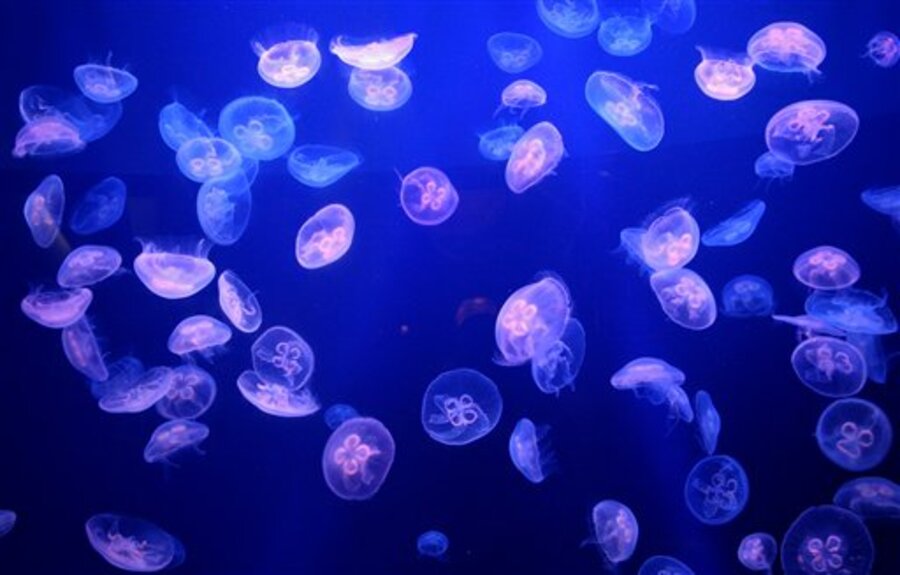Jellyfish invade, shutdown Swedish nuclear reactor
Loading...
It wasn't a tsunami but it had the same effect: A huge cluster of jellyfish forced one of the world's largest nuclear reactors to shut down — a phenomenon that marine biologists say could become more common.
Operators of the Oskarshamn nuclear plant in southeastern Sweden had to scramble reactor number three on Sunday after tons of jellyfish clogged the pipes that bring in cool water to the plant's turbines.
By Tuesday, the pipes had been cleaned of the jellyfish and engineers were preparing to restart the reactor, which at 1,400 megawatts of output is the largest boiling-water reactor in the world, said Anders Osterberg, a spokesman for OKG, the plant operator.
All three Oskharshamn reactors are boiling-water types, the same technology at Japan's Fukushima Daiichi plant that suffered a catastrophic failure in 2011 after a tsunami breached the facility's walls and flooded its equipment.
Jellyfish are not a new problem for nuclear power plants. Last year the California-based Diablo Canyon facility had to shut its reactor two after gobs of sea salp — a gelatinous, jellyfish-like organism — clogged intake pipes. In 2005, the first unit at Oskarshamn was temporarily turned off due to a sudden jellyfish influx.
Nuclear power plants need a constant flow of water to cool their reactor and turbine systems, which is why many such plants are built near large bodies of water.
Marine biologists, meanwhile, say they would not be surprised if more jellyfish shutdowns occur in the future.
"It's true that there seems to be more and more of these extreme cases of blooming jellyfish," said Lene Moller, a researcher at the Swedish Institute for the Marine Environment. "But it's very difficult to say if there are more jellyfish, because there is no historical data."
The species that caused the Oskarshamn shutdown is known as the common moon jellyfish.
"It's one of the species that can bloom in extreme areas that . . . are overfished or have bad conditions," said Moller. "The moon jelly likes these types of waters. They don't care if there are algae blooms, they don't care if the oxygen concentration is low. The fish leave . . . and (the moon jelly) can really take over the ecosystem."
Moller said the biggest problem was that there's no monitoring of jellyfish in the Baltic Sea to produce the data that scientists need to figure out how to tackle the issue.
Copyright 2013 The Associated Press. All rights reserved. This material may not be published, broadcast, rewritten or redistributed.







